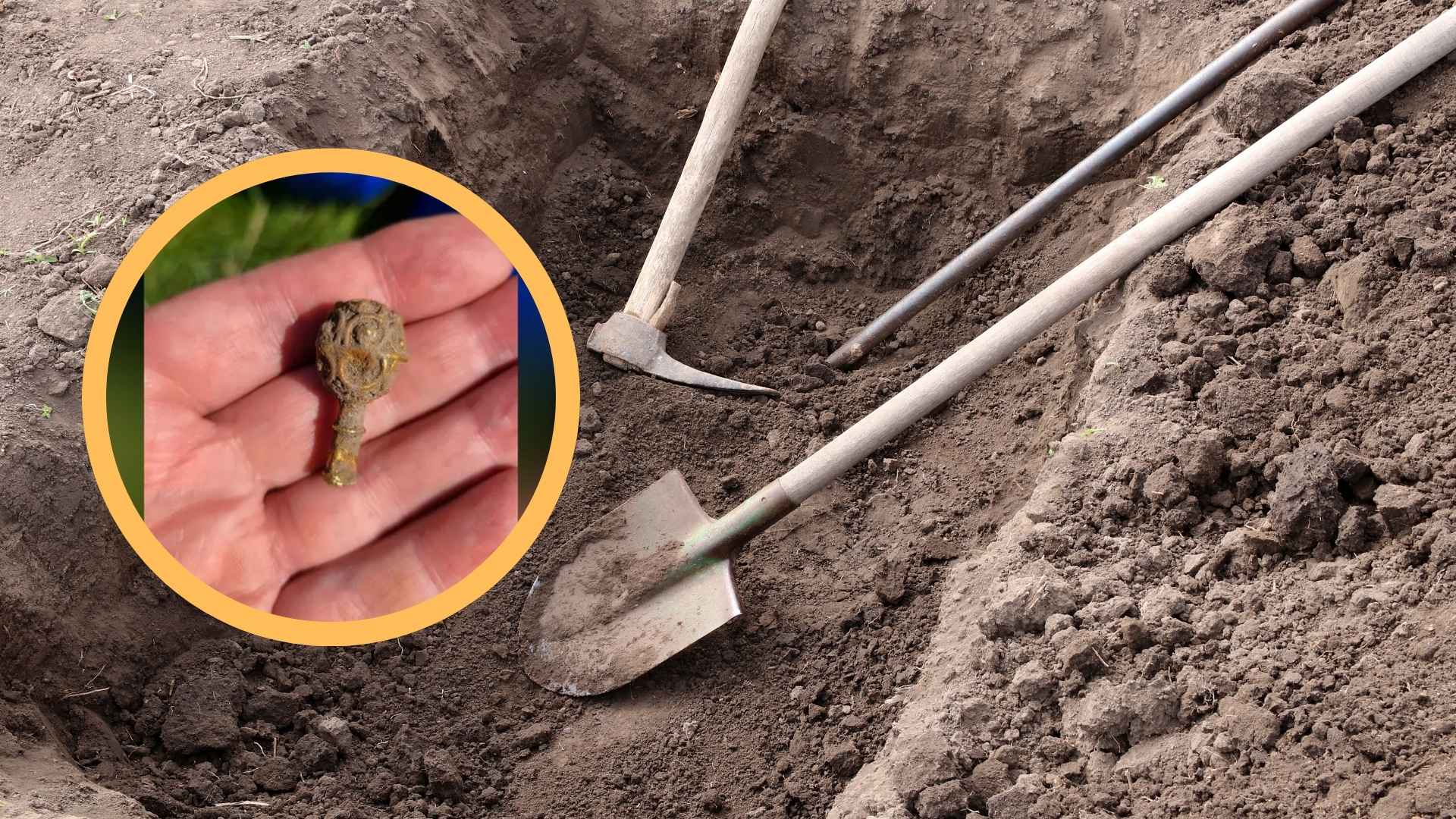A student from Orlando, Florida, studying at Newcastle University uncovered a small medieval gold object during her first dig in Northumberland, close to the Roman road known as Dere Street. Researchers say the early medieval piece could have had a ceremonial or religious use, and it will be examined through the U.K.’s Portable Antiquities Scheme.
The student, Yara Souza, found the knob-shaped object just 90 minutes into the excavation. Measuring about 1.6 inches, it closely resembles—though is slightly larger than—a similar item unearthed by a metal detectorist in 2021 and dated to roughly A.D. 800–1000.So how did a newcomer strike gold so fast?
Where the gold artifact was found and why Dere Street location matters
Both items surfaced at the same site near Dere Street in Northumberland, a corridor that funneled supplies toward the Roman north. The matching finds raise the odds that they are related rather than random losses from different periods. Below, you have a table with the key facts:
| Detail | Information |
|---|---|
| Finder | Yara Souza, archaeology student at Newcastle University |
| Object | Small, knob-shaped gold piece; likely a ball-headed pin |
| Size | Approximately 1.6 inches (4 centimeters) |
| Estimated date | Early medieval, about A.D. 800–1000 |
| Location | Near Dere Street, Northumberland, England |
| Related find | Similar piece discovered by a metal detectorist in 2021 |
| Significance | Possible ceremonial or religious function, not a simple accessory |
These details help place the discovery within an established landscape of Roman movement and later medieval activity. In fact, context is doing much of the talking here.
What experts say about possible ceremonial use and planned analysis steps
“I couldn’t believe I’d found something so quickly into my first excavation,” Souza said. “It was actually quite overwhelming … I was really geeking out over it!” Professor James Gerrard, who led the dig, noted the route’s long life: “We know that Dere Street continued to be a major thoroughfare long after the Romans,” adding that the pair may have been deliberately buried.
Both objects will be analyzed further through the Portable Antiquities Scheme. On the other hand, collaboration is already paying off. As Andrew Agate, finds liaison officer for North East England, said, the project is a great example of archaeologists and detectorists working together to enrich Northumberland’s past.
Why this discovery matters
- Adds a rare gold artifact to the early medieval record.
- Strengthens evidence for ritual activity along a key route.
- Highlights effective teamwork between field archaeologists and detectorists.
Could the pair have been deliberately placed as part of a ceremony? The forthcoming analysis should tell us more.

